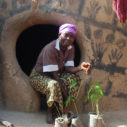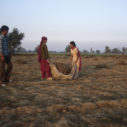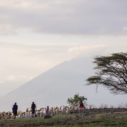
Search
Articles

Multidimensional Poverty in Sub-Saharan Africa
In June 2016, the Islamic Development Bank and the Oxford Poverty and Human Development Initiative published the report ‘Multidimensional Poverty Assessment in IDB Sub-Saharan African Member Countries’. What is the state of poverty in the region? Where are the people with largest deprivations located? The answers to these questions are crucial to formulating adequate policy responses for one of the poorest regions of the world.

Editorial | Dimensiones 3
In this edition, we are pleased to present a variety of articles from different regions of the world – Latin America, Africa and India – that illustrate the richness offered by multidimensional poverty indices (MPIs) for analysing poverty, either alone or as a complement to income measurement.

Multidimensional Poverty Reduction in India between 1999 and 2006
This article is a summary of the essay published in World Development entitled ‘Multidimensional Poverty Reduction in India between 1999 and 2006: Where and How?’ by Sabina Alkire and Suman Seth (also available as an OPHI Working Paper) and presents the key findings of an analysis of changes in multidimensional poverty through the application of an adaptation of the global Multidimensional Poverty Index. This same analysis is replicated for over a 100 countries.


Editorial 2 Issue – Dimensions
The Multidimensional Poverty Peer Network (MPPN) brings together high-level government representatives from all over the world whose shared objective is to eliminate poverty in their countries and who consider multidimensional indicators to be very powerful tools for achieving this goal.












